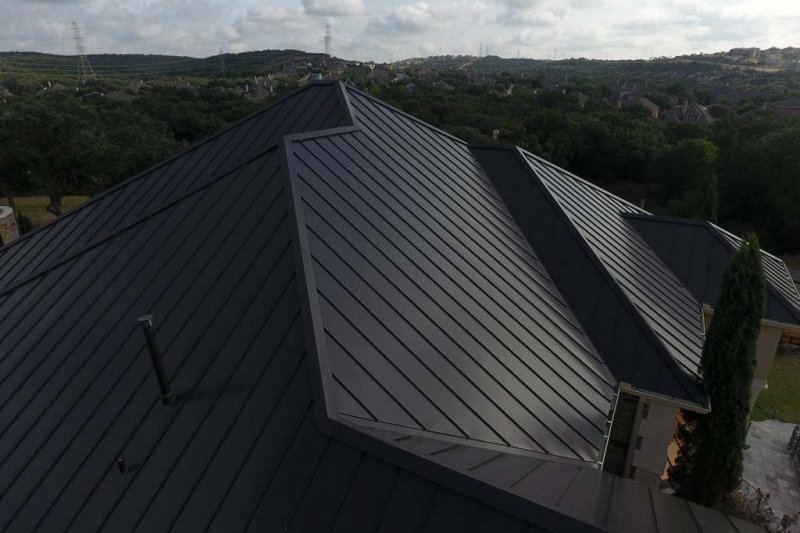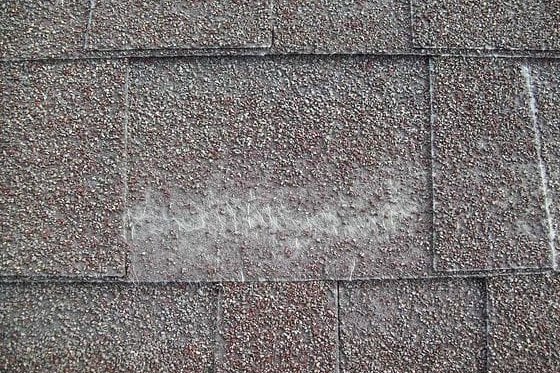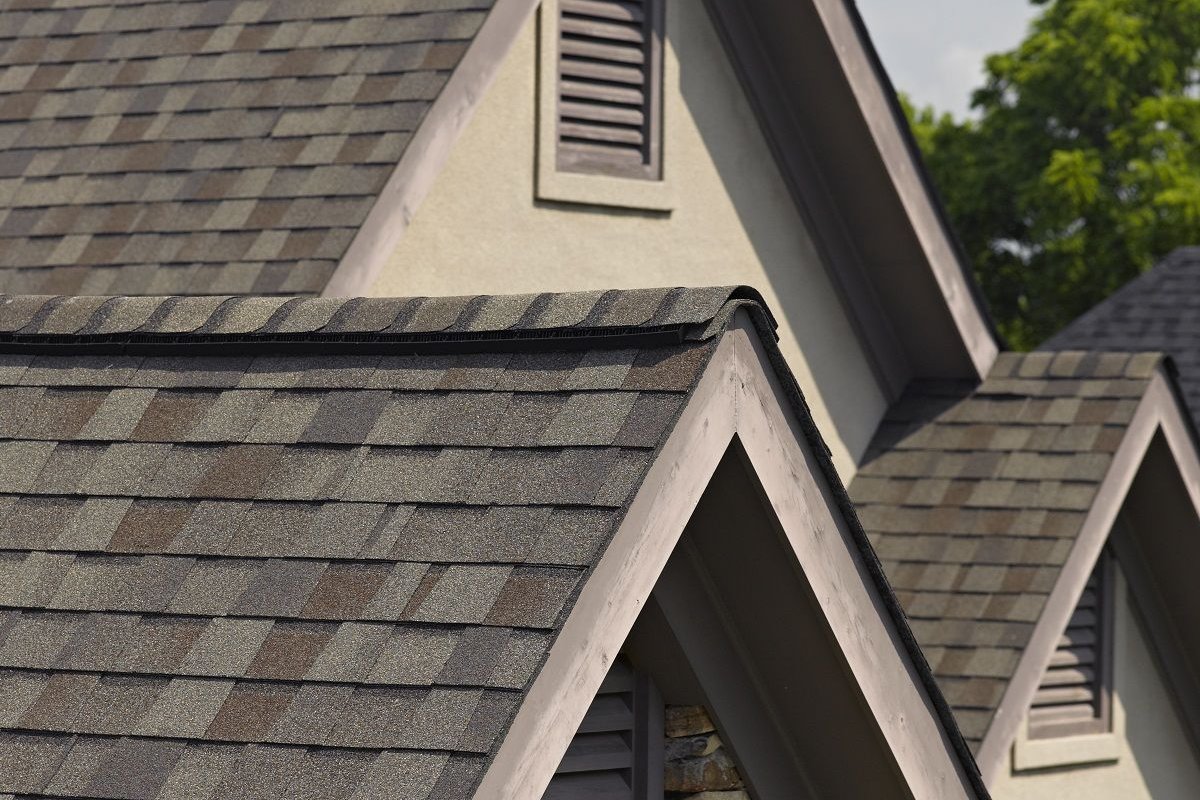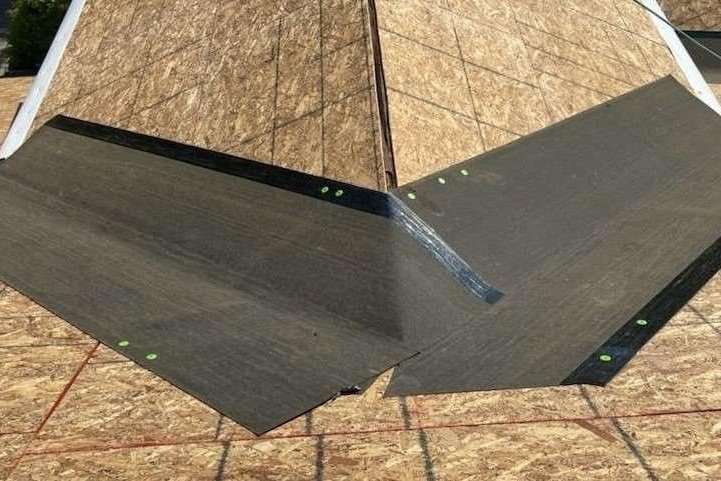Gutter Guards in Lincoln City, Oregon: A Complete Guide to Installation & Maintenance
Keeping your gutters clear is a critical, though often overlooked, aspect of home maintenance. Clogged gutters can lead to a cascade of expensive problems, from fascia rot and foundation damage to basement flooding and landscape erosion. For homeowners in areas like Lincoln City, Oregon, where trees are abundant and rainfall is frequent, the challenge of keeping gutters free of leaves, pine needles, seeds, and other debris is particularly acute. This is where gutter guards come into play, offering a potential solution to significantly reduce the frequency and difficulty of gutter cleaning. But are they a complete solution? This guide explores everything you need to know about gutter guards, their types, benefits, drawbacks, and what's involved in their installation and ongoing maintenance.
Understanding the Purpose of Gutter Guards
At their core, gutter guards are designed to prevent debris from entering your gutters while allowing rainwater to flow freely through the downspouts. By creating a barrier, they aim to keep the gutter trough clear, ensuring that water is directed away from your home's foundation and walls. This simple function protects your home from water-related damage, reduces the need for frequent, potentially hazardous cleaning, and helps maintain the integrity of your roofing system and overall structure.
The effectiveness of a gutter guard system depends heavily on the type of guard chosen, the volume and type of debris common in your area, and proper installation. No system is entirely maintenance-free, but the right guards can drastically cut down on the time and effort spent on gutter upkeep.
Why Gutter Protection is Essential in Oregon
Oregon's climate, particularly in coastal areas like Lincoln City, features significant rainfall throughout much of the year. This makes efficient water management crucial. Furthermore, the lush Pacific Northwest environment means homes are often surrounded by trees – deciduous trees shedding leaves in the fall, and evergreen trees dropping needles year-round. These natural elements, combined with moss growth which is also prevalent, create a constant influx of material ready to clog unprotected gutters and downspouts.
A clogged gutter can overflow, sending water cascading down the side of your house. This water can seep behind siding, rot fascia boards and soffits, and pool around the foundation, potentially leading to structural issues and costly repairs. In winter, standing water in gutters can freeze, forming ice dams that force water back up under shingles, causing leaks inside the home. Gutter guards help mitigate these risks by keeping the water flowing.
Types of Gutter Guard Systems
Gutter guard technology has evolved over the years, resulting in a variety of types, each with its own design, materials, effectiveness, and cost. Understanding the differences is key to selecting the best option for your home and the specific types of debris you need to manage.
1. Screen Gutter Guards
- Description: These are typically the most basic and least expensive type. They consist of mesh or grating materials, often made from plastic, aluminum, or stainless steel, that simply rest on top of or snap into the gutter.
- How They Work: They create a physical barrier to block larger debris like leaves and twigs.
- Pros:
- Affordable and widely available.
- Easy to install, often a DIY project.
- Effective at blocking large leaves and debris.
- Cons:
- Smaller debris like pine needles, seeds, and shingle granules can pass through or get stuck in the mesh, leading to clogs.
- Can be prone to blowing off in high winds if not securely fastened.
- May require cleaning the top of the screen periodically.
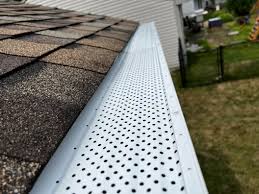
A basic metal screen gutter guard installed over the gutter.
2. Micro-Mesh Gutter Guards
- Description: An advancement on screen guards, these feature a very fine mesh, usually made of stainless steel or aluminum, stretched over a frame. The mesh is often so fine it's measured in microns.
- How They Work: The fine mesh prevents even small debris like pine needles, shingle grit, and seeds from entering the gutter, while surface tension helps draw water through the tiny openings.
- Pros:
- Highly effective at blocking almost all types of debris.
- Durable materials like stainless steel resist rust and corrosion.
- Often installed securely under the roof shingles or fascia.
- Cons:
- More expensive than screen or foam guards.
- Installation is typically more complex and often requires professional help.
- Very fine debris or pollen can sometimes build up on the surface over time, requiring occasional brushing.
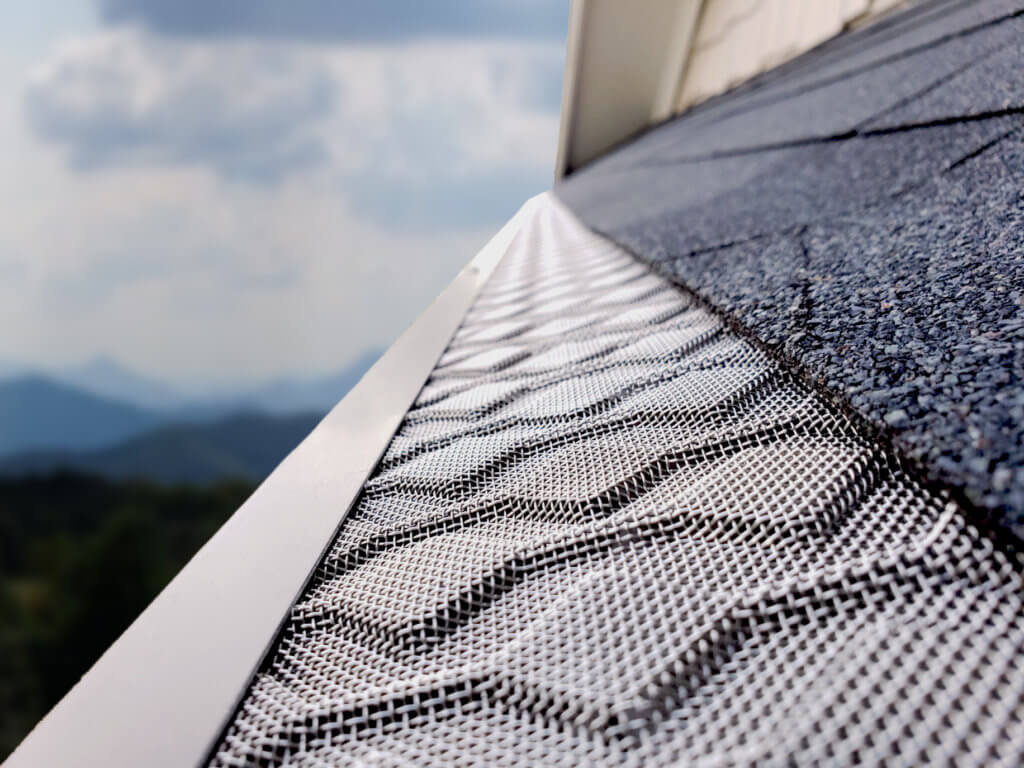
A close-up view of micro-mesh gutter guards, designed to block even small debris.
3. Surface Tension (Reverse Curve) Gutter Guards
- Description: These guards have a curved design that extends over the gutter trough. They are often made from solid aluminum or other durable materials.
- How They Work: They rely on the principle of surface tension. Water flows down the roof, onto the curved surface of the guard, and clings to the curve as it flows into the gutter opening below. Debris, being lighter and less affected by surface tension, falls off the curved edge to the ground.
- Pros:
- Very effective at shedding leaves and larger debris.
- Durable and long-lasting, often made from sturdy materials.
- Minimal visual impact from the ground.
- Cons:
- Can struggle with heavy rainfall, potentially causing water to overshoot the gutter.
- Not as effective with pine needles or small debris that can still enter the small slot.
- Can be expensive.
- Installation can be complex and may require lifting shingles.
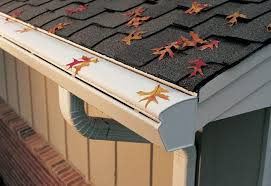
A reverse-curve or surface tension gutter guard installed on a home.
4. Foam Gutter Guards
- Description: These are wedges of porous foam material that are inserted directly into the gutter trough.
- How They Work: The foam fills the gutter, blocking debris from entering while allowing water to filter through the material.
- Pros:
- Inexpensive and very easy to install (DIY friendly).
- Effectively block large debris.
- Cons:
- Can become saturated and heavy, potentially sagging the gutter.
- Small debris, seeds, and shingle grit can get trapped within the foam, making it difficult to clean and potentially leading to decomposition and clogs over time.
- Can promote moss growth within the foam itself.
- Less durable than metal or plastic options.
5. Brush Gutter Guards
- Description: These look like oversized bottle brushes that are placed inside the gutter trough.
- How They Work: The bristles fill the gutter, creating a barrier that larger debris sits on top of, while water flows through the bristles to the bottom of the gutter.
- Pros:
- Easy to install and remove for cleaning.
- Inexpensive.
- Cons:
- Debris sits on top of the brush and can be visible, sometimes requiring manual removal.
- Pine needles and smaller debris can get caught within the bristles.
- Not as effective as other types in heavy debris situations.
Benefits of Installing Gutter Guards
Investing in gutter guards offers several significant advantages for homeowners:
- Reduced Maintenance and Cleaning: This is the most immediate and appealing benefit. Gutter guards dramatically decrease the frequency with which you need to clean your gutters. Instead of potentially cleaning several times a year, you might only need to do a quick check or surface brush once a year or even less, depending on the guard type and surrounding trees.
- Enhanced Safety: Cleaning gutters requires working at height on a ladder, which carries inherent risks of falls and injury. Gutter guards reduce the need for this hazardous activity, making home maintenance safer.
- Prevention of Costly Water Damage: By ensuring water flows freely, gutter guards prevent overflows that can damage fascia, soffits, siding, windows, doors, and the foundation. This proactive measure can save you thousands in potential repair costs down the line.
- Protection Against Ice Dams: Clear gutters allow melting snow to drain properly. When gutters are clogged, melting snow can back up and freeze, forming ice dams that push water under shingles and into the home. Gutter guards help prevent this by keeping drainage paths open.
- Discouraging Pests: Clogged gutters filled with wet leaves and debris are attractive breeding grounds for insects like mosquitoes and homes for pests like rodents and birds. By keeping gutters clear and dry, guards make them less inviting to unwanted visitors.
- Increased Lifespan of Gutters and Roof: Preventing standing water and debris buildup reduces the weight and stress on gutters and prevents water from backing up onto the roofline, potentially extending the life of both your gutter system and the lower edge of your roof.
Drawbacks and Limitations
While beneficial, gutter guards are not a perfect, set-it-and-forget-it solution. It's important to be aware of their potential drawbacks:
- Not Entirely Maintenance-Free: No gutter guard system eliminates maintenance completely. Fine debris can still accumulate on top of or within the guards, especially with types like screens, foam, or micro-mesh. Periodic inspection and cleaning (often just brushing the surface) are usually still necessary, though much less frequent than cleaning unprotected gutters.
- Potential for Clogs (with certain types): Some types, particularly screens and foam, are not effective against all types of debris. Pine needles, shingle grit, and seeds can still cause clogs, either by passing through or getting stuck.
- Installation Costs: While some types are DIY friendly, the most effective systems (like micro-mesh or surface tension) often require professional installation, which adds to the overall cost. Improper DIY installation can lead to ineffective performance or even damage to gutters and roofs.
- Water Overflow in Heavy Rain: Some guard designs, especially surface tension types, can struggle to handle extremely heavy rainfall. Water may sheet over the guard and miss the gutter entirely, potentially causing localized flooding around the foundation during intense downpours.
- Ice and Snow Accumulation: While they help prevent ice dams caused by clogged gutters, some guard types can facilitate snow and ice buildup on top of the gutter, potentially causing gutters to pull away from the fascia due to weight.
- Cost: Effective, high-quality gutter guard systems represent an upfront investment that can range from hundreds to thousands of dollars depending on the type, material, and linear footage of gutters.
Gutter Guard Installation
The installation process varies significantly depending on the type of gutter guard chosen.
DIY Installation
Basic screen, foam, and brush guards are often marketed as DIY friendly. Installation typically involves:
- Cleaning out the gutters thoroughly.
- Ensuring gutters are properly aligned and sloped towards downspouts.
- Placing or snapping the guards into the gutter trough or under the shingle lip.
While seemingly simple, improper DIY installation can lead to problems. If guards aren't secured correctly, they can shift or blow away. If they interfere with the roofline or shingles, they could void roofing warranties or cause water to back up onto the roof deck.
Professional Installation
More complex systems like micro-mesh and surface tension guards are best installed by professionals. This is because:
- They often require specialized tools and techniques.
- Installation may involve working near or under roof shingles, requiring knowledge of roofing practices to avoid damage or warranty issues.
- Professionals can ensure the guards are properly fitted, sloped, and integrated with the existing gutter system for optimal performance.
- They can assess the condition of your existing gutters and make necessary repairs or adjustments before installing the guards.
Investing in professional installation for higher-end systems ensures the guards perform as intended and helps protect your roof and gutter warranty.
Ongoing Maintenance with Gutter Guards
Even with gutter guards, some level of maintenance is still required. The frequency and type of maintenance depend on the guard system and the surrounding environment.
- Periodic Inspection: At least once or twice a year, it's wise to visually inspect your gutters and guards. Look for any debris accumulation on top of the guards, especially in valleys or corners. Check that water is flowing freely during a rain shower or by running a hose.
- Surface Cleaning: For screen, micro-mesh, or brush guards, you may occasionally need to brush off accumulated debris from the surface. A long-handled brush or leaf blower can often accomplish this from the ground or a low ladder.
- Checking Downspouts: Even with guards, some fine sediment can make its way into downspouts over time. Periodically check that downspouts are clear and draining properly.
- Addressing Persistent Issues: If you notice water overflowing or debris consistently accumulating in specific areas, it might indicate an installation issue or that the chosen guard type isn't fully suited to the debris load.
While gutter guards significantly reduce the need for frequent gutter cleaning, they do not eliminate maintenance entirely. Periodic checks and surface cleaning are still recommended to ensure optimal performance and prevent potential issues.
Choosing the Right Gutter Guard System
Selecting the best gutter guards for your home involves considering several factors:
- Type of Debris: Are you dealing mainly with large leaves, or are pine needles, seeds, and shingle grit the primary culprits? Micro-mesh is better for fine debris, while screens and surface tension work well for larger leaves. Foam and brush are less effective against small particles.
- Rainfall Intensity: If your area experiences very heavy downpours, consider how well the guard handles high water volume. Surface tension guards can sometimes be overwhelmed.
- Budget: Gutter guards range significantly in price, from inexpensive DIY foam to high-end professional micro-mesh or surface tension systems. Determine your budget and the potential return on investment in reduced cleaning and prevented damage.
- Roofing Material and Warranty: Some guard installation methods, particularly those that involve lifting shingles, could potentially affect your roof warranty. Consult with a roofing professional or read your warranty carefully before choosing a system that requires shingle interaction.
- DIY vs. Professional Installation: Are you comfortable working on ladders and have the necessary tools, or would you prefer the peace of mind and expertise of professional installation? This will narrow down your options.
- Aesthetics: Some guards are more visible from the ground than others. Consider how important the appearance of your home's exterior is to you.
Consulting with a local gutter or roofing professional can provide valuable insights tailored to the specific conditions and common debris types in your area.
When to Consider Gutter Guards
Gutter guards are a worthwhile consideration for most homeowners, but they are particularly beneficial if:
- Your home is surrounded by trees, especially those that shed a lot of leaves, needles, or seeds.
- You dislike or are unable to perform regular gutter cleaning due to height, physical limitations, or lack of time.
- You have experienced issues with clogged gutters in the past, such as overflows, ice dams, or water damage.
- You are planning other exterior home improvements and want to address gutter maintenance proactively.
For non-urgent planning like budgeting for future home improvements, including potential gutter upgrades or even getting ahead on roofing costs, consider using digital tools.
Get your free instant roof estimate
Partnering with Professionals for Exterior Needs
Maintaining your home's exterior involves multiple components, from the roof and gutters to siding and drainage. While gutter guards can significantly simplify one aspect, professional help is often needed for installation, repairs, or addressing more complex issues. When considering exterior projects, it's beneficial to work with qualified local contractors.
For instance, if you're dealing with persistent issues like leaks or significant storm damage, it's crucial to get a professional assessment. While this article focuses on gutters, roofing health is equally vital to preventing water intrusion.
If you're facing an urgent situation like an active leak or storm damage that might involve your roof, don't delay getting professional help.
Book a roofing appointment
It's important to understand that while SkyQuote can connect you with skilled professionals, our services are specifically focused on roofing. SkyQuote provides instant roofing estimates based on satellite imagery and local data, and facilitates direct booking of appointments with pre-vetted roofers for roofing work. We do not offer gutter services, inspections, or materials directly, but connect homeowners needing roofing help with qualified local contractors.
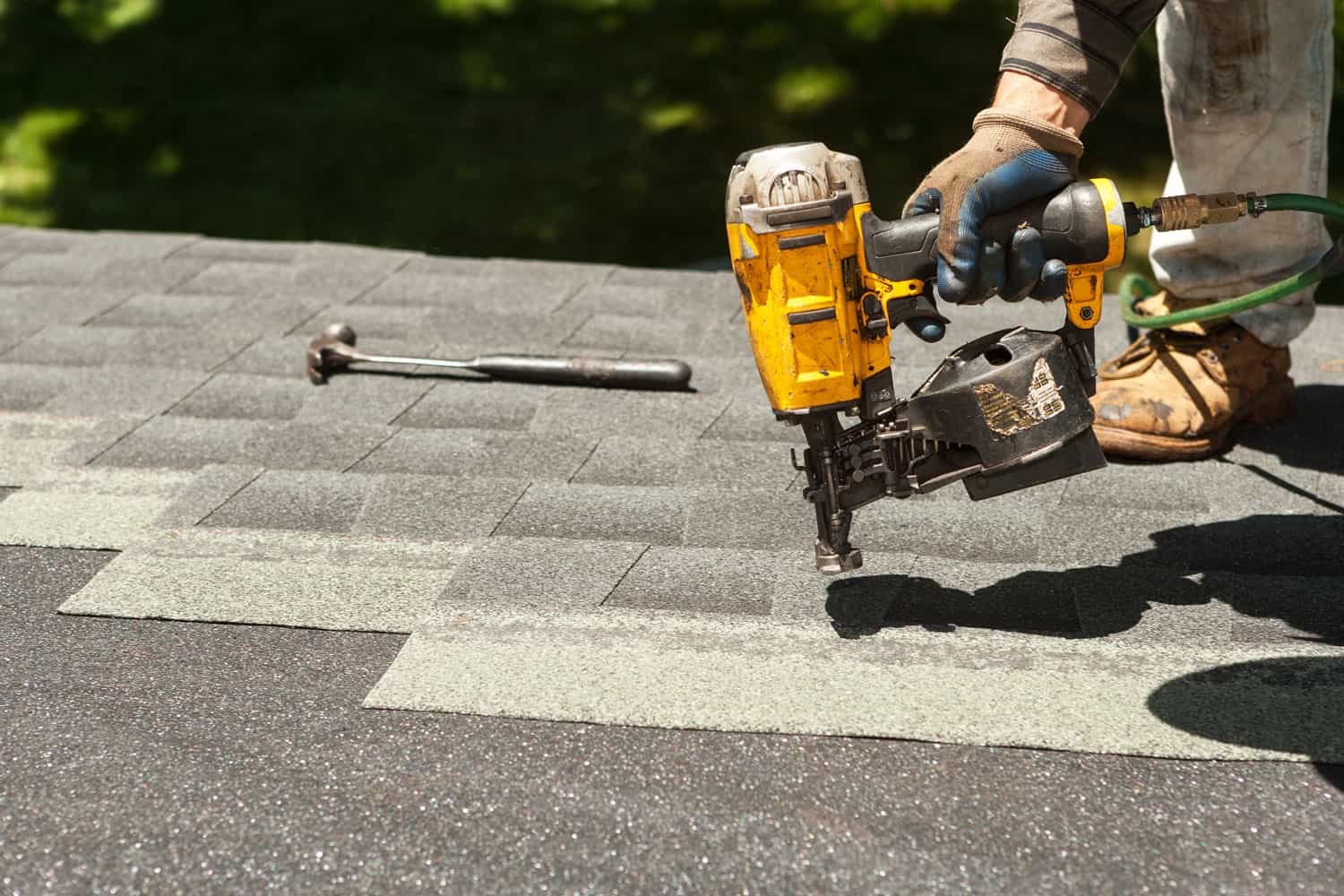
Professional contractors are essential for many home exterior projects, including roofing.
Investing in Home Protection
Gutter guards represent a valuable investment in protecting your home from the potentially devastating effects of water damage caused by clogged gutters. While no system is entirely maintenance-free, the right guards can drastically reduce the frequency and difficulty of cleaning, enhance safety, and provide peace of mind.
Choosing the appropriate type of gutter guard depends on your specific needs, budget, and the types of debris prevalent in your area. Whether you opt for a DIY solution or professional installation of a high-end system, taking steps to manage water flow away from your home's foundation is a smart long-term strategy for preserving its value and structural integrity. By proactively addressing gutter maintenance, you safeguard your home against common water-related issues, ensuring it remains dry and protected for years to come.
